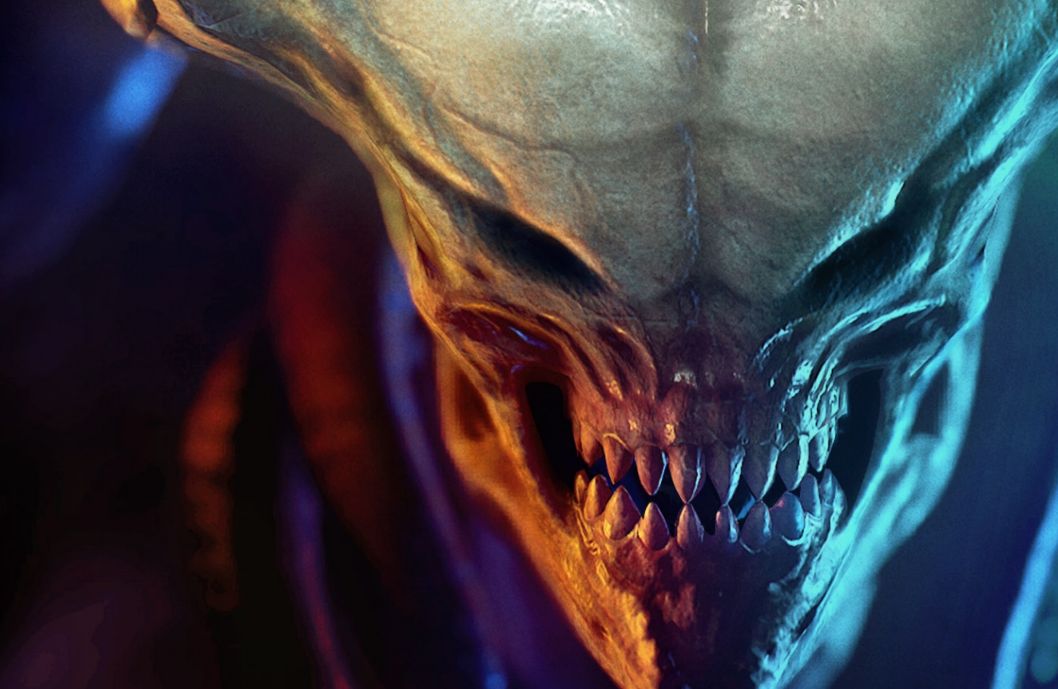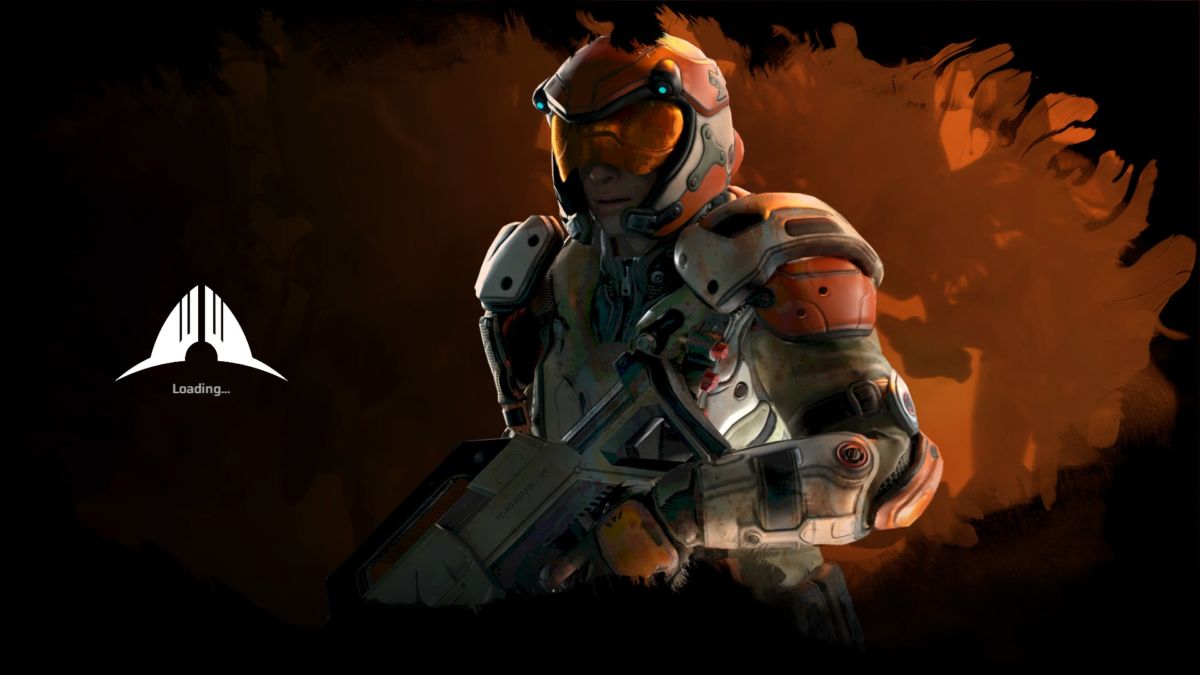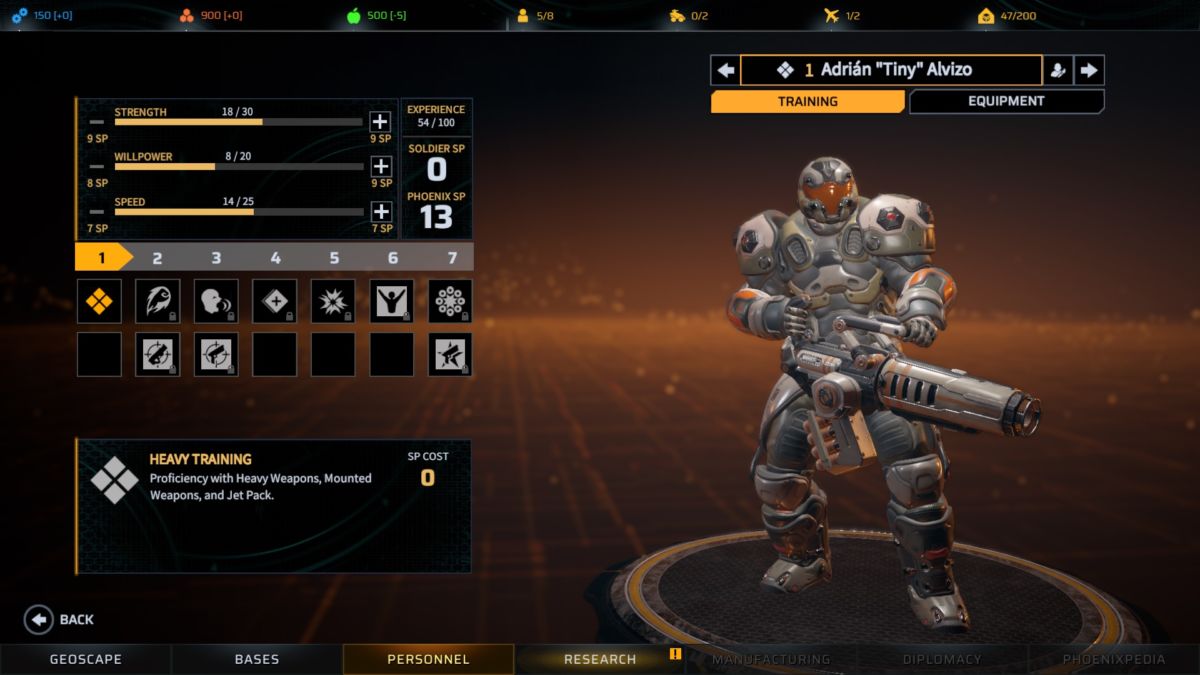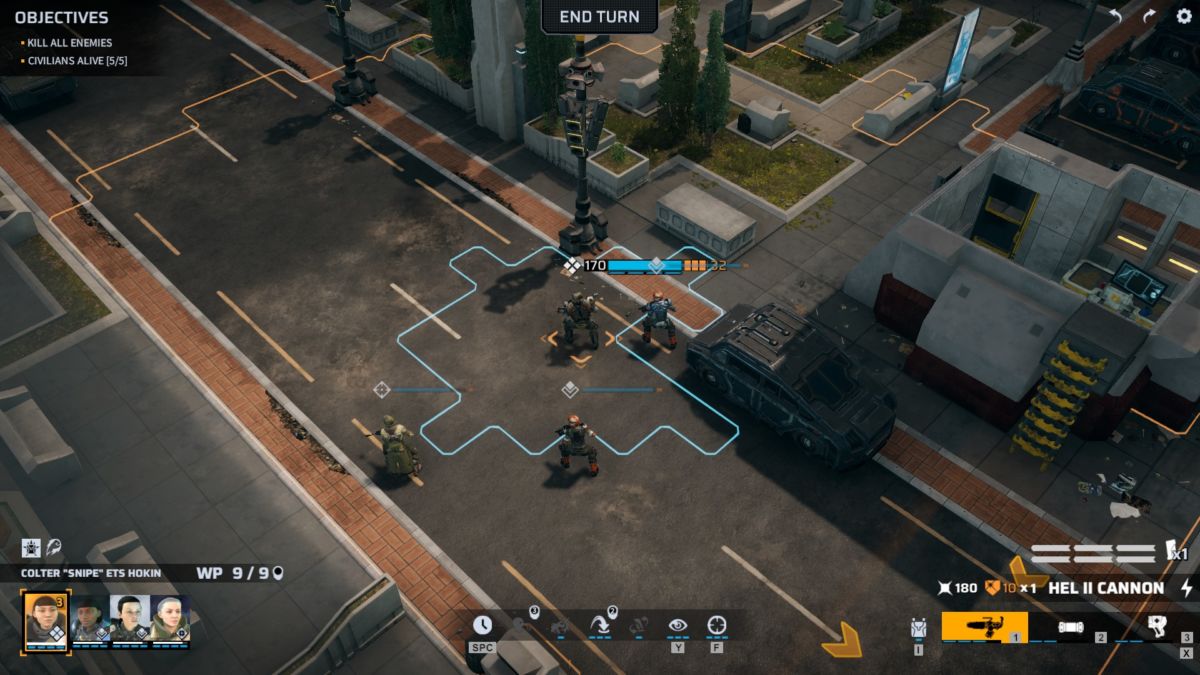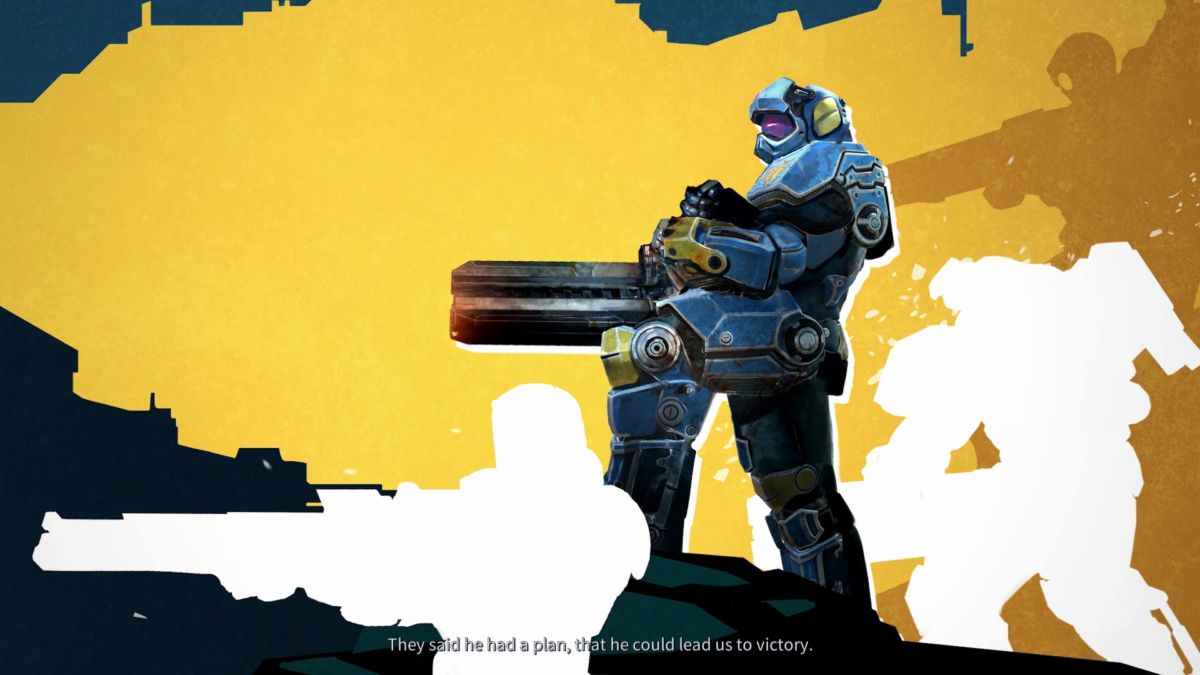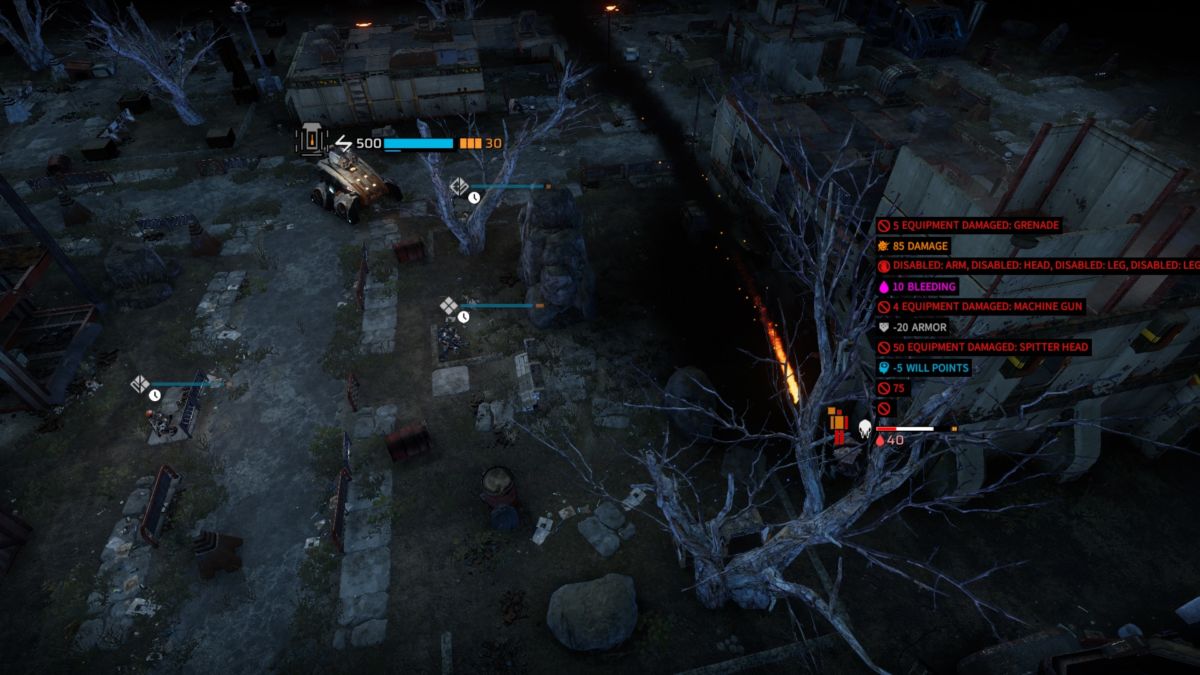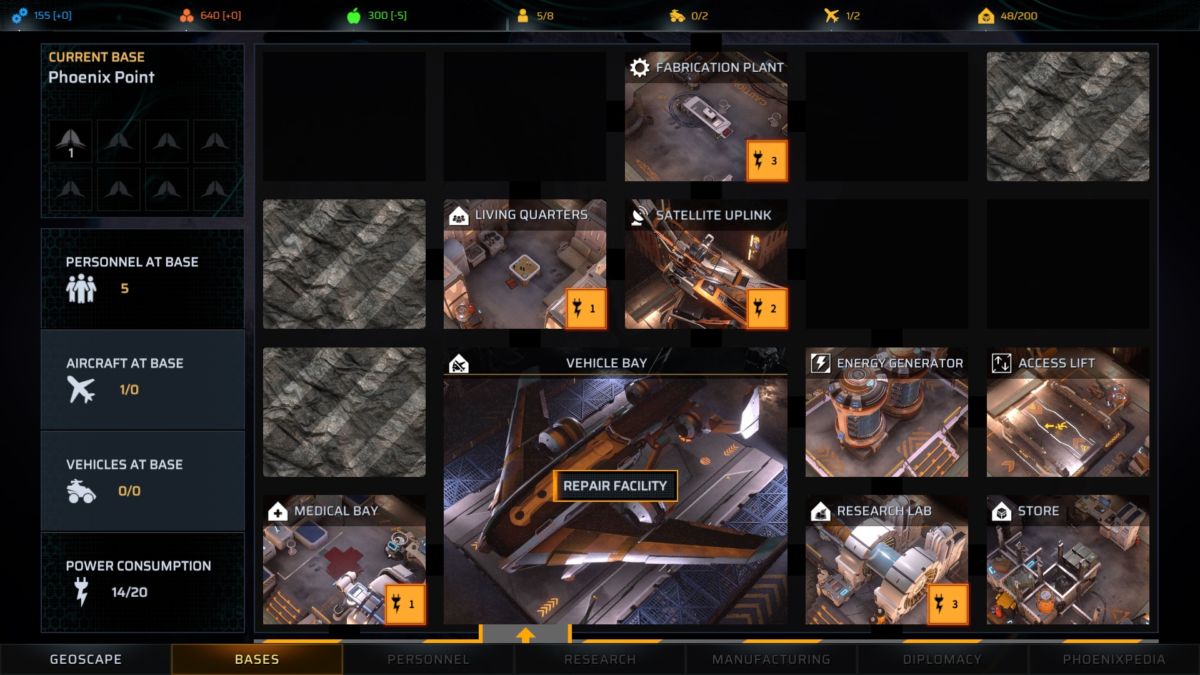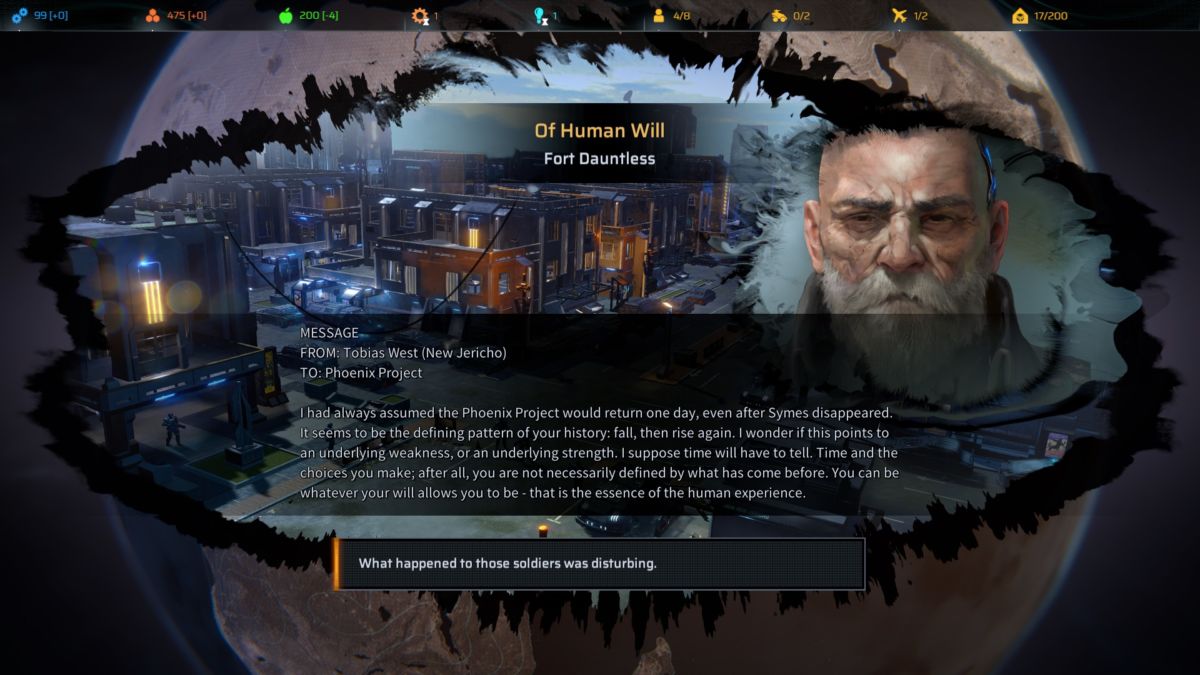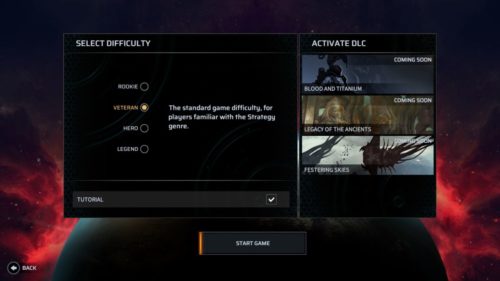
So, you like XCOM and games like it? Well, another game joins the ranks of XCOM-inspired strategy games, this time from the designer of the original XCOM, Julian Gollop. Phoenix Point intends to be the next step forward for this evolving style of games, but has the genre seen its next successful mutation?
Phoenix Point sees the players take control of the disgraced and underfunded Phoenix Project, a shadow organization formed by Earth’s governments to lead secret projects and expeditions into space. However, due to some unfortunate encounters, the Phoenix Project has lost its reputation and was woefully unprepared for what was to come. As the Project lost its funding and function, a terrible threat rose in its place.
Due to climate change and the melting of the Arctic ice caps, a dangerous virus is released upon an unprepared Earth, the Pandoravirus, a mysterious and hyper mutagenic virus that spreads across the planet’s oceans. The virus has a double effect, it both psychically attracting humans into the ocean and then rapidly mutating them into horrifying and utterly alien creatures. Within several years, civilization crumbles, leaving three ideologically distinct factions, rogue havens, and the remnants of the Phoenix Project to figure out how this disaster came to pass, just as a second massive wave of the Pandoravirus begins to spread from the oceans.
Though Phoenix Point’s story is more Earth-bound, swapping the science fiction inspired aliens of XCOM for a body horror type disease, the overall narrative structure is similar to XCOM 2, where the player starts as the underdog and must engage in an arduous and long war to understand their enemy and bring humanity back as the dominant force on Earth. This makes the game familiar to anyone who is aware of the XCOM series, but the horror-centric approach gives a fresh take on the strategy genre. However, where the XCOM series focused heavily on the narrative with interesting story elements, lore building, and characters, Phoenix Point has a more open approach to its narrative, instead giving players more freedom and flexibility to experience the game at their own pace. The game’s own narrative structure sets the main thematic difference between itself and XCOM:flexibility of choice.
Tactically and strategically, it’s clear that the designers at Snapshot Games intended Phoenix Point to be a step forward for the XCOM-style of strategy games with the introduction of complexity, depth, and iteration on some old mechanics. Though the developers have included many excellent concepts, due to some odd balancing and wonky implementation, the game feels more like a step to the side than a step forward. This clash of concept versus implementation is best seen in the tactical combat of the game.
The first major iteration in Phoenix Point’s tactical combat is the expansion of the two-action system in Firaxis’ XCOM to a semi-percentage based action point system, where all soldiers have 4 actions points, but they can be spent in any order. All skills and weapon actions have their own action points cost, meaning a soldier can shoot their weapon first, for example, then reposition, or shoot multiple times and end their turn. This is an excellent addition as it gives granular and flexible control over soldier behavior, allowing for more complex tactics and maneuvers and overall it works well.
The next two mechanics are where, tactically, the execution isn’t perfect: free aim and cover. In XCOM, all firearms and close range weapon attacks were based on dice rolls and random chance that would be calculated from a variety of factors: range, cover, weapon characteristics, and soldier skill. In Phoenix Point, combat is based on a free aim system where soldiers can shoot anywhere on the battlefield, which creates interesting tactical options, such as shooting through or destroying cover with firearms, or shooting off enemy limbs. For the most part, this approach works well as it reinforces the game’s main theme of flexibility of choice and greater control over soldier behavior and capabilities.
This is where the game’s wonky implementation, as well as balancing, undermines some of the success of this system. Occasionally, due to soldier animation, weapons will shoot before the soldier is in its ready to fire animation. This is especially noticeable with soldiers using pistols as a sidearm where the character would reach for the pistol and the game would register the character taking the shot, even though the soldier hasn’t taken one or two seconds to aim and then shoot. A shot that would have a 100% chance to hit due to the enemy filling up the entire weapon reticle can miss this way.
This is not inherently a mechanical problem, but more of a technical implementation issue. Balancing-wise, this mechanic makes snipers incredibly strong as they have the highest accuracy rating and makes them effective at all but the most extreme long ranges. The heavy soldier class can seem and be useless in comparison as they are both quite slow and have inaccurate weapons that will miss more often than not.
The cover system mechanically and conceptually has the weirdest implementation in the game. This system in Phoenix Point is more akin to a line of sight system rather than a full fledged cover system. In essence, the cover system is more akin to that found in Warhammer 40K Mechanicus where finding cover was more about breaking line of sight with your enemy so that they would not be able to target player characters. Because of the free aim ranged combat system, cover functions as features on the map that literally block bullets.
This system can lead to oddities as soldiers can take cover behind full or light cover, which defines whether a soldier will be crouching behind something or standing and then poking out to shoot when given the order. However, not every piece of terrain can be counted as cover, even though they seem like they should. For example, let’s say there is a wrecked car on the battlefield. As a terrain feature, it will block bullets no matter what and protect anyone standing or crouching behind it whether they are right next to it or several tiles away.
You might think that every part of the wrecked car would be counted as half cover and a soldier would be able to crouch behind it. For some reason, the front of the car is counted as half cover by the game system, but the wrecked and bunched up middle section of the car is not counted as cover, leading to an overall sense of confusion and logical non-sequiturs in the player’s mind as to what exactly acts as cover. Somehow a flimsy little fence counts as half cover but the trunk of a car does not, yet the car and little fence will equally block bullets. It’s all a bit confusing and makes using literal cover less valuable and positioning of soldiers behind solid objects more important.
Another element to the wonky cover system is the unclear or outright buggy UI that can seriously negatively impact player decision-making or give players a poor read of the tactical situation. First off, when a soldier is in cover, there is no easy way to tell if they are actually in cover except for if they are crouching or are clearly standing behind something large that covers their entire body. Secondly, when a player selects a soldier and hovers the cursor over a tile they want to move their soldier to, colored lines will appear from that tile towards a nearby enemy, indicating that the character will have line of sight from the selected tile. Unfortunately, I have observed regularly that I would move soldiers to a location where I should have line of sight and it would turn out that I did not, meaning that there is some inaccuracy in the UI in a game that heavily leans on precision and flexibility in player choice. The AI can be pretty dopey because of this, putting themselves in weird situations that makes them more vulnerable than they previously were.
Phoenix Point is the first strategy game of its ilk to add vehicles to tactical combat and their implementation works well as they give a lot of mobility and armored support to the player’s soldiers, as well as needed early heavy weapons for taking down armored or large opponents. However, vehicles are somewhat unbalanced tactically as they have the heaviest weapons that can almost one-shot enemies with a single missile strike. Vehicles are available from the start of a campaign and can be built relatively quickly. On higher difficulties, it made the game absurdly easy, especially early on.
One of the best mechanics that is a clear step forward for this type of strategy game is the expanded inventory and equipment system for soldiers. Weapons are no longer class-locked necessarily and soldiers have quite a bit of space themselves to carry extra equipment. The only limiting factor to weapons and equipment are soldier weapon proficiency (e.g. a sniper is proficient in sniper rifles and pistols, but could use assault rifles with an accuracy penalty if the player decides) and soldier stats, like strength, which determines hit points, as well as carrying capacity. This mechanic opens up so much to the player for customizing their soldiers and how to kit them out, reminiscent of Harebrained Schemes’ Battletech Mech design system.
Another positive iteration in Phoenix Point are the enemy types. Since the Pandoravirus is all about mutation and change, instead of facing lots of different enemy types, players will face off against everchanging enemies that will adapt to the player’s tactics. For example, if the player places their soldiers close together all the time, enemies will mutate grenade launchers to counter repetitive tactics, or if the player commonly targets the torso of an opponent, they will evolve a thick carapace with extra armor to protect the torso. This forces players to constantly adapt and change their own tactics, keeping fights fresh and interesting.
Snapshot Games have also done a fair share of iteration and development on the strategic layer. Now non-player factions play a major role in progressing in the game and inter-faction relations can define and develop unique strategies for players to take in completing the story. The various factions have separate relations with the Phoenix Project and with each other and it will be up to the player to balance them carefully or outright go to war with one faction and ally directly with another.
Factions have havens spread across the entire globe and will provide outposts for recruiting new soldiers and trading resources. If players ally with a faction, they will get access to its research tree and will unlock yet more equipment and options for outfitting soldiers and approaching combat. For example, if the player allies with the New Jericho faction, they will get advanced weapons and awesome armor, whereas if they ally with the Disciples of Anu they will get the ability to mutate their soldiers with the Pandoravirus.
Since the players now have the entirety of the globe to play with, strategic reach and response time is key in answering developing threats. To expand their exploration capabilities and range, players can find and build multiple bases that can house their own soldiers. Each base will have its own layout and a number of slots for various buildings, like research labs, food production facilities, or living quarters to expand how many soldiers players can hire and maintain. Unfortunately, base building is quite simplistic and has an uninteresting UI. For example, the base structures have bland grey icons that don’t necessarily give a clear picture of the structure’s functions.
The options menu in Phoenix Point gives a decent amount of graphical options, with nothing critical missing and providing enough elements to customize to fit a variety of gaming rigs. There are separate audio sliders for sound effects, master volume, music, and voice, giving a good amount of control to technical customization. The game can be played on a keyboard or game controller, which gives player welcomed choice on their preferred control mode.
Phoenix Point generally runs smoothly with only occasional frame drops in cutscenes and some long loading screens. There were no serious game crashes on my rig, which includes an RTX 2080 Ti and i9-9900K Intel Processor. In regard to bugs, there were some graphical glitches and oddities in cutscenes, as well as how cover behaves. Sometimes when cover gets destroyed or shot by heavy weapons, it bugs out or follows weird physics behavior, which looks strange, but doesn’t affect gameplay.
Presentation-wise, the UI is intuitive and easy to understand without cluttering the player’s view of the strategic and tactical maps. Soldier inventories and equipment filters can get weird and cluttered with the amount of equipment and the icons don’t always do the best job in giving the player a quick indication of what a piece of equipment is or what it is associated with. Voice acting is mostly solid, though there are some oddities with soldier voicework where the audio quality is suspect.
The camera is functional, but some of its controls can be somewhat clunky, especially when using the mouse wheel to zoom the camera. The music is suitably thematic and creates a feeling of the unknown and horror as the player faces off against a weird and frightening enemy, though it can get repetitive. To help new players, the developers have included a simple and easy tutorial that explains all the major tactical mechanics and control for the strategic layer over several short missions.
Phoenix Point is an engaging game with excellent concepts and interesting additions, though there are some elements that are either bland, repetitive, oddly implemented or not balanced. Tactical maps can get repetitive, especially in scavenging missions, and for all the quality found in the enemy mutation system, there really isn’t anything interesting that can be done with the various body parts to bulk up a rather slim research tree. Granted, the research tree does expand with the player’s developing relations with factions who develop their own tech over time independently of the player. In addition, the campaign can have an odd pace with Ambush missions, which are mostly annoying and random speed bumps that don’t offer anything interesting to gameplay.
I would definitely recommend this game to anyone who is looking for the next XCOM, but caution players to expect some odd implementation or situations in the game. With clearly outlined DLC and a dedicated development team, the future for Phoenix Point definitely looks bright.
An EGS key was provided by PR for the purposes of this review.
Some of the coverage you find on Cultured Vultures contains affiliate links, which provide us with small commissions based on purchases made from visiting our site. We cover gaming news, movie reviews, wrestling and much more.


